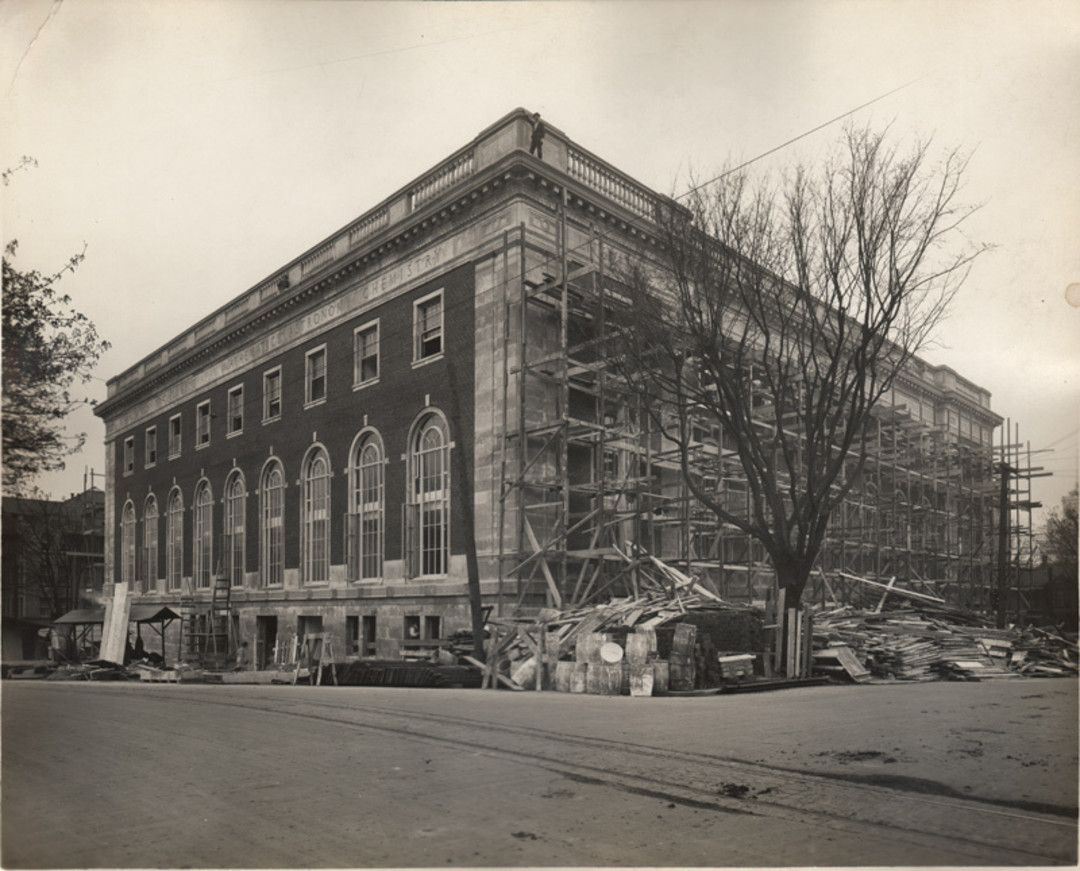Why Portland's Central Library Matters More than Ever

Editor's Note: On the heels of the Central Library's Centennial (written about in this article), the Multnomah County Library system celebrates its sesquicentennial on Sept 27 from 11am–5pm at the Central Library with entertainment by the Oregon Symphony, Oregon Ballet Theatre, Portland Opera, LoveBomb Go-Go Marching Band, poet Matthew Dickman, giveaways, and more.
In a climate-controlled room in downtown Portland’s Central Library, the 17th century’s most expensive book opens with a gentle crackle. The Blaeu Atlas’s vast pages glow with colorful maps of a world still under construction: North America ends with “the Island of California.” Fat cherubs drive goat-drawn carts through the margins, beneath swooping, curling baroque letters.
The John Wilson Special Collections room, tucked at the top of an obscure staircase, guards many treasures, from Christian texts illuminated on animal skin to a postage stamp–size zine found on a Southeast Portland floor. Its shelves hold a significant collection of Native American fiction, one of few surviving copies of Benjamin Bunny’s first appearance, and a 5,000-year-old Babylonian tablet.
Meanwhile, just downstairs, library patrons sit at computers, many rummaging through Facebook. The contrast captures the Central Library in all its glory and occasional weirdness: a place with a mission as broad as human culture. Sometimes that means medieval manuscripts. Other times, relationship status updates.
“It’s a lovely juxtaposition,” says Vailey Oehlke (pronounced “ell-key”), director of Multnomah County Library. “The fundamental mission of public access to information is the same. How we do that is changing rapidly.”
The Central Library opened 100 years ago this month in a downtown Portland with no traffic lights, in a world in which the Austro-Hungarian Empire still existed. And yet the brick-clad icon seems more vibrant than ever. In fact, Central has matured into a rare public institution functioning at its best.
Physically, Central does embody a bygone age. Stone benches inscribed with famous authors’ names ring the outside. Inside, Georgian Revival rooms designed by legendary Portland architect A. E. Doyle stream with light, and 19th-century elders gaze out of oil portraits from behind beards any barista would envy.
But for all the seeming pomp, Central was built both cheaply (for about $11 million in today’s dollars) and progressively: the chief librarian at the time, Mary Francis Isom, pushed Doyle to design one of the nation’s first open-stack libraries, allowing patrons to access the shelves. In both the ’60s and the ’90s, when many classic libraries fell to the wrecking ball, the once-novel layout proved flexible enough to survive.
That flexibility is more important than ever, as both books themselves and the library’s role evolve. The Multnomah County system now offers nearly 80,000 e-books; it logged about 370,000 “checkouts” to mobile devices in 2012, a number likely to explode as online checkout systems become less laborious to use. “Right now, people check out our e-books in spite of the interface, not because of it,” says library spokesman Jeremy Graybill. (Library e-book downloads magically vanish from devices after three weeks—no late fees!)
The entire Multnomah County Library system, about to turn 150 as an entity, is second only to the New York Public Library in circulation volume. Oehlke, who took MCL’s top job in 2009, sees e-books as just the next phase of an ever-expanding mandate. “We consider ourselves part of a reading ecosystem,” she says.
MCL is renowned for innovation and outreach. “People now desperately need resources outside the formal education system,” says Susan Benton of the Urban Libraries Council, a Chicago-based international thinktank. To that end, MCL employs staffers fluent in Spanish, Russian, Vietnamese, and Chinese; it recently decided to hire a part-time Somali speaker. In Gresham’s troubled Rockwood neighborhood, the library branch served free lunch to kids every day through August.
So how is the stately old mother ship, Central, faring? As a safe, public indoor space, it draws many dispossessed Portlanders; the place can feel more like a huge social-services waiting room than a temple of learning. But behind the scenes, the building remains the hub of a fascinating knowledge machine. Physical media—books, DVDs, CDs—still make up the vast majority of MCL’s circulation, and Central plays a key clearinghouse role in keeping 31,000 items on the move every day. In the basement, seven miles of shelves hold information the Internet would be hard-pressed to match for texture, detail, and complexity. (On vintage maps of Portland, for example, surveyors literally cut and pasted new buildings and roads—almost a real-time record of urban change.) On the main floors, Central’s staff serves as on-call information concierges.
More than any rare book or handy computer terminal, Central Library’s free-for-all nature may be its most important quality. “Democracy is under a lot of pressure,” Oehlke says. “There are fewer places for people of different classes and viewpoints to come together. Central allows everyone to aspire to those democratic ideals.”



